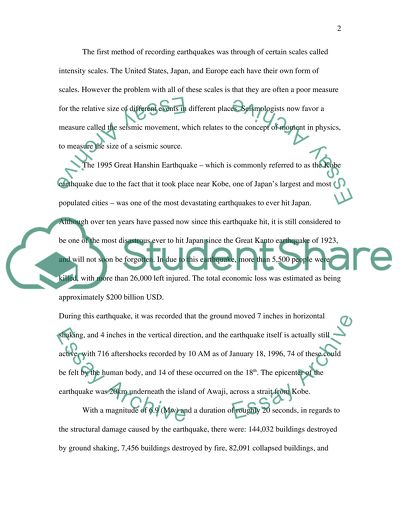Cite this document
(Earthquake Impacts Article Example | Topics and Well Written Essays - 1500 words, n.d.)
Earthquake Impacts Article Example | Topics and Well Written Essays - 1500 words. Retrieved from https://studentshare.org/geography/1534865-earthquake-impacts
Earthquake Impacts Article Example | Topics and Well Written Essays - 1500 words. Retrieved from https://studentshare.org/geography/1534865-earthquake-impacts
(Earthquake Impacts Article Example | Topics and Well Written Essays - 1500 Words)
Earthquake Impacts Article Example | Topics and Well Written Essays - 1500 Words. https://studentshare.org/geography/1534865-earthquake-impacts.
Earthquake Impacts Article Example | Topics and Well Written Essays - 1500 Words. https://studentshare.org/geography/1534865-earthquake-impacts.
“Earthquake Impacts Article Example | Topics and Well Written Essays - 1500 Words”, n.d. https://studentshare.org/geography/1534865-earthquake-impacts.


